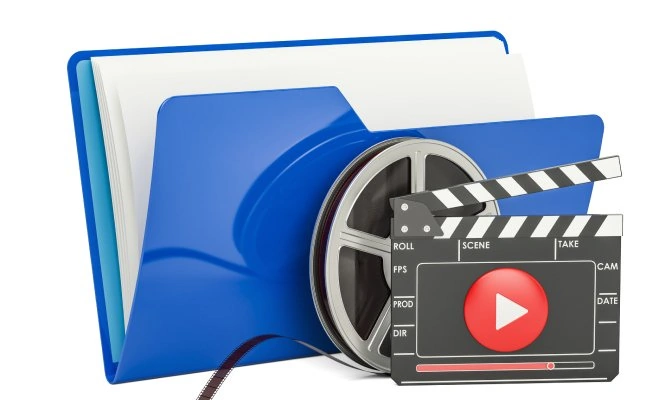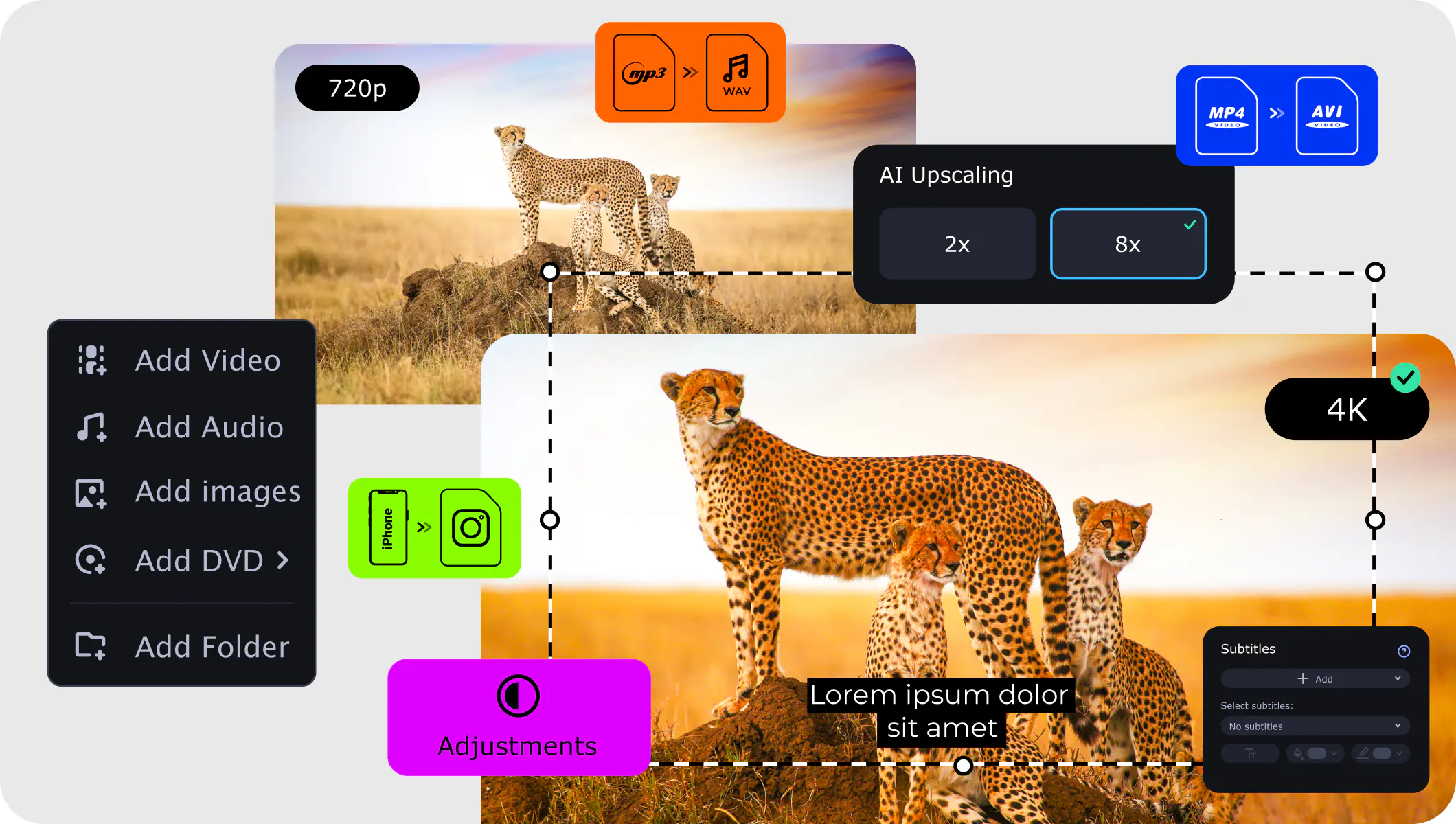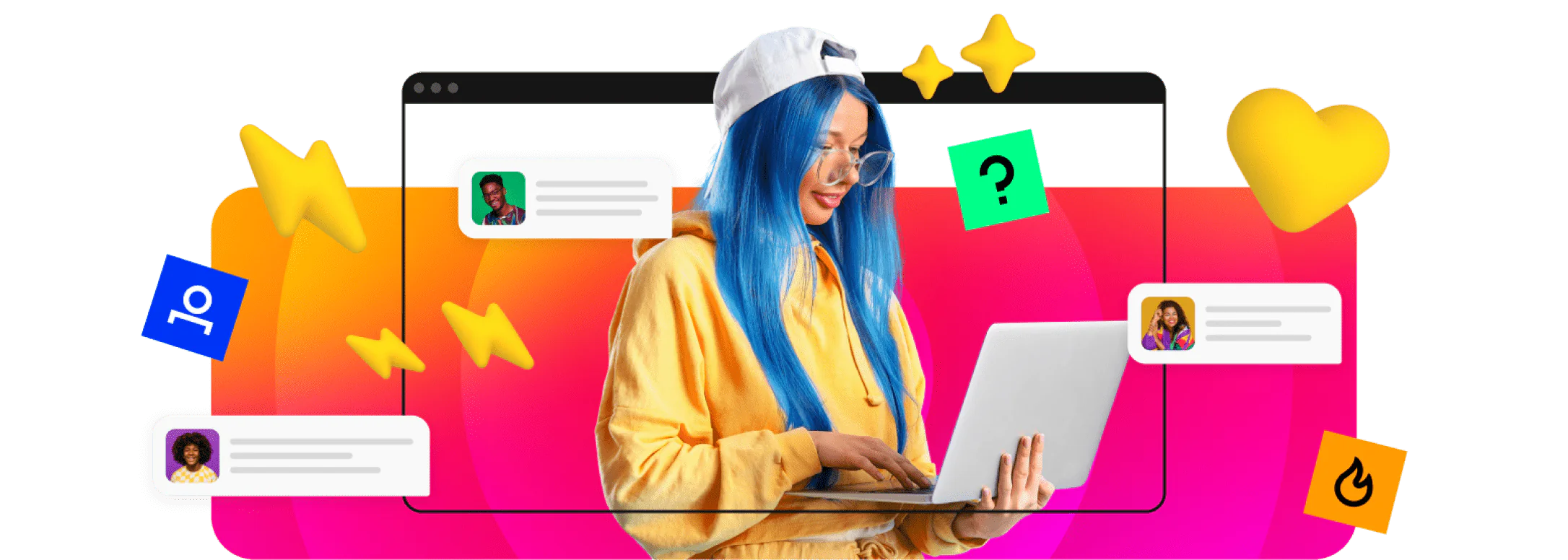To change MKV to MP4 or vice versa, use Movavi Video Converter!
- Lightning-fast conversion
- Batch processing of files – any number, any size
- No quality loss, even with 4K videos
- Easy editing and compression
MP4 and Matroska Video (MKV) are two of the most popular video file formats. So what’s the difference between MKV and MP4? Is MKV better than MP4? Here, you’ll find a detailed MKV vs. MP4 comparison and software to convert MKV to MP4.
Movavi Video Converter: Convert your MP4 or MKV files
If you need to change the format of your video, try Movavi Video Converter. The program supports over 180 media formats and can convert video, audio, and images. It also lets you add and edit subtitles. The interface is simple, so the program is easy to use even for beginners.
To convert your MP4 or MKV files, follow the short instruction below:
Here’s what Movavi’s team does to provide you with verified information:
When selecting products to include in our reviews, we research both demand and popularity.
All the products covered in this article have been tested by our team.
When testing, we compare key characteristics, including supported input and output formats, quality loss when converting, and other significant features.
We study user reviews from popular review platforms and make use of this information when writing our product reviews.
We collect feedback from our users and analyze their opinions of Movavi software as well as products from other companies.

To compare MP4 vs. MKV, let’s describe the two formats. The first thing to understand is that MP4 and MKV are both container formats. Most multimedia formats have two aspects. The container format defines the file's structure. It contains one or more streams, along with information about how to play them. It can also contain metadata such as the title, copyright holder, and creation date.
The encoding of the video data is defined by a codec. Explicitly storing every pixel of every frame of a high-definition movie would require outrageous amounts of storage. Software developers have devised many schemes to compress the video without visible degradation, so there are many competing codecs. Most containers, including MP4 and MKV, support a choice of codecs.
This is why it's a mistake to ask which container format has better video quality. It's the codec, not the container, that determines the quality, and you can often use the same codec with either container. Features, compatibility, and implementation make the difference in choosing MKV or MP4.
MP4 explained
MP4 is shorthand for MPEG-4, Part 14. It's part of the Moving Picture Experts Group's standards for audio and video files. Version 1 came out in 2001, and Version 2 in 2003.
The term is sometimes loosely used for other parts of the MPEG-4 standard. It's based on Apple's QuickTime format, without a lot of changes. The format is an ISO standard, ISO/IEC 14496-14:2003.Many codecs are officially registered for MP4, and others can be used privately. However, most implementations support only a few of them. The most widely supported are H.264 (which is the same as MPEG-4, Part 10) and H.265. Other codecs can be downloaded and added to the software.
The container accepts other media besides video, including audio and still images. MP4 audio can use various encodings, including AAC.
MP4 files can incorporate DRM (digital rights management). This effectively means encrypting the content. No single DRM method is used everywhere, so several versions will be necessary to reach the widest audience. Converting DRM-protected video is difficult or impossible.
The MP4 specifications are available to the public. Some aspects are covered by software patents, but no one is currently requiring license fees. Distributing software for H.264 and H.265 encoding and decoding may require a license fee.
If you want to know more about the MP4 format, follow the link below:
A detailed article about the MP4 file format
MKV explained
The most important difference between MKV and MP4 is philosophical. MP4 is a proprietary format controlled by MPEG. Some of its workings are patented. The Matroska container is based on an open specification. Nothing in it is known to be patented. It's unlikely any patent claims on it will arise now, almost two decades after its introduction.
No license is required to distribute MP4 files. However, a license may be required to create and distribute software to create the files. There are no licensing requirements for software that creates or modifies MKV files. As a result, open-source software is more widely available for MKV. The Matroska group provides a free software library, and others are available.
Like MP4, Matroska can hold video, audio, and other content types. Files with video content use the extension, .mkv; audio files use .mka, and 3D video files use .mk3d. The container format is the same in all cases. In addition, a file can have attachments in any format.
Matroska has a general encryption capability that can be used for DRM. The MKV container uses a block-oriented structure, and blocks are individually encrypted. This means that software can discern the structure of a DRM-protected file and perform some operations on it.

Matroska MKV is designed to do almost anything, so it's rather complicated. Many Web browsers support WebM, which is a restricted version of MKV. The most important restriction is in the allowed video codecs. WebM video uses only the VP8 and VP9 codecs, which are open and royalty-free. All WebM files are MKV files, but not all MKV files are consistent with WebM. Support in current browsers for WebM is about as widespread as support for MP4, but older versions may not support WebM.
Should your choice be MP4 or MKV, or should you use both? MP4 offers several benefits.
It has broad support in browsers, operating systems, and commercial software. Full MKV isn't viable if you want to stream video to a Web browser.
MP4 files are smaller than equivalent MKV files. A smaller size means quicker downloads as well as savings in storage.
The format has the backing of an industry association and has gone through the scrutiny to make it an ISO standard. Matroska's specifications are still considered works in progress, even though the format has been around for years.
The players delivered by mobile device manufacturers are far more likely to support MP4 than MKV.
In combination with H.264 encoding, it provides high-quality video with a relatively small file size.
While MP4 has clear strengths, so does MKV.
It's an open format with no licensing requirements, so it's better supported in free software.
Support in MKV for some features, including multiple tracks and subtitles, is better than in MP4.
The odds of long-term retention are better with MKV, provided you make the right choices. The format's fully open nature counts in its favor, and attachments can make files self-documenting. Long-term archives should use only well-known codecs and attachment formats, though.
Can provide good video quality. The video and audio quality depends on the codecs used, and MKV allows almost any kind of codec.
So which is better: MP4 or MKV? There's no clear winner. Each format is better for some use cases, not quite as good for others. MP4 is more widely supported for playing video on a browser, and it has less file overhead. MKV is more popular for converting DVDs and Blu-Ray discs to video files.
Comparing the MP4 vs. MKV quality, we should take into account the codecs used. MKV supports more codecs, so it makes more options available. You need to make sure, though, that a reliable codec is available for the software you're using. In particular, if you favor VP9, Google's cutting-edge codec, you should go with MKV (or its WebM subset) rather than with MP4.
The software you have for creating videos may dictate the format you initially create. However, you may be able to get an add-on to have it create files in your preferred format. Alternatively, you can convert the file after creating it or perform video compression. If you're going to distribute the video, there are advantages to having it in multiple formats. Movavi Video Converter will make it easy for you to move videos from one format to the other.
Movavi Video Converter
The ideal way to get your media in the format you need!

Popular

Have questions?
If you can’t find the answer to your question, please feel free to contact our Support Team.
Join for how-to guides, speсial offers, and app tips!
1.5М+ users already subscribed to our newsletter